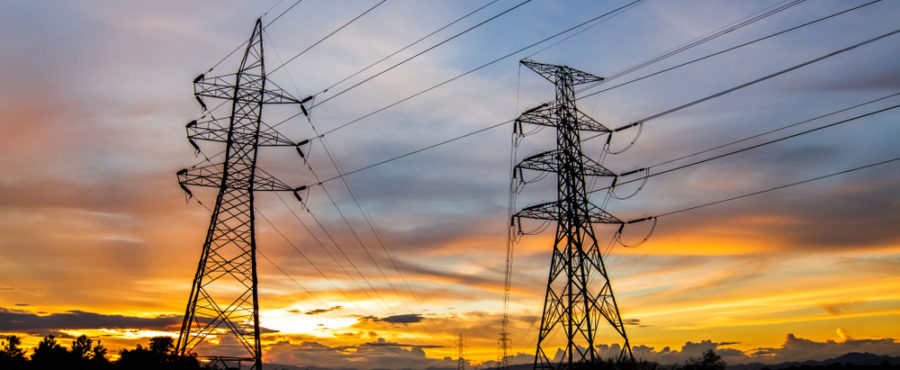
The energy industry is constantly changing. More and more consumers and governments treat clean energy as their top priority, the need for innovation is growing – from LNG virtual pipelines to AI in power plants.
Balance in energy sector
While renewable energy sources are developing fast, humanity will likely need decades to switch its world energy systems to models that prefer renewable energy over conventional sources. To balance the priorities of energy security and lower emissions, the power industry must invest more in technological innovation. Priorities are shifting towards better effectiveness, greater reliability and guaranteed deliveries.
The energy industry must evolve if it wants to handle challenges posed by growing power demand and lower emissions.
Energy access
As many as 1.2 billion people all over the world still have no permanent access to electricity. To ensure such access, the entire sector must change. There is a need for technological solutions, such as development of self-reliant micro-networks and we are facing multiple challenges, both political and financial.
Electrification of transport
We are at the doorstep of a global breakthrough in thinking about the means of transport, on the verge of a large-scale electrification of road transportation. This will translate into demand for traditional fuels, generation of electricity and electric power markets. We will need new market and business models and major changes to the approach of distribution network design and extension.
Decentralization
Decentralization means a shift from one-way to multidirectional networks. In a traditional model, electric power flows from large, centrally controlled sources to consumers. Decentralization of power generation requires introduction of a multidirectional network which will be capable of collecting and managing power from multiple distributed sources of various sizes and different characteristics. Such a network is, for instance, less susceptible to damage and major failures. To make it operate effectively, we need new technologies, digitalization, altered market models embracing local power generation and a new regulatory paradigm for the energy sector[1].
Decarbonization
In the energy industry, fossil fuels, with coal being obviously the most popular, theoretically remain the cheapest source. However, fossil fuels, including coal, are subsidised on a massive scale. Looking from the worldly perspective, these subsidies amount to hundreds of billions of dollars a year. Termination, or at least curbing of those subsidies is a political challenge. However, the decarbonization trend is already noticeable, for example, in limitations of investment project financing. Coals is to be replaced first by natural gas, the use of which is forecasted to increase by 50 per cent by 2040[2].
Continuous innovation and technological progress
New achievements are opening new potential in the entire energy sector, offering opportunities to all those who are able to adjust and calibrate quickly.
It is important to notice that innovation does not necessarily need to come from new technologies. Fairly often it may come from radically different approaches to various issues, which will produce a business model or an operational procedure that is not known today.
https://www.industryweek.com/leadership/innovation-collaboration-are-energy-industrys-future
[1] https://www.greentechmedia.com/articles/read/four-trends-reshaping-the-power-sector#gs.=4AQ9cM
[2] https://www.ey.com/Publication/vwLUAssets/EY-five-key-trends-are-impacting-the-energy-industry-which-will-drive-significant/$FILE/EY-five-key-trends-are-impacting-the-energy-industry-which-will-drive-significant.pdf




